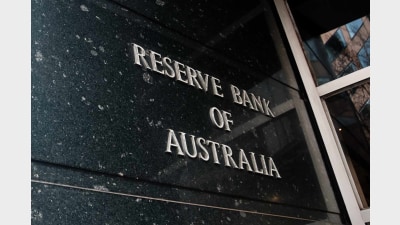The measurement of private capital assets


Sustained inflows into private capital are placing growing pressure on operational infrastructure that is struggling to keep pace with investor appetite.
In the context of low interest rates and an uncertain economic outlook, institutional investors have continued to flock to private assets in the search for diversification and long-term performance.
Private capital assets – a category which includes private equity, infrastructure, real estate and private debt funds – now account for more than 10% of the average institutional investor’s portfolio, up from a 2-3% just a few years ago.
This rapid growth shows little signs of abating. In 2021, global private capital assets under management surpassed $8 trillion, and are predicted to reach $13 trillion by 2025, according to Morgan Stanley.
The other side of the coin
While rampant growth in the segment has presented a significant opportunity for fund managers, it has also highlighted the shortcomings of traditional operating models used to manage non-listed assets.
In-house fund monitoring processes that have historically relied on physical paper and spreadsheets are struggling to keep pace with the scale and reporting demands being placed on them by sharp increases in allocation. This was reinforced during the pandemic, with in-sourced operating models facing scalability challenges during times of heightened disruption.
In addition, private capital assets suffer from a lack of standardisation in terms of the reporting and accessible data required to perform the detailed and transparent analysis that investors are accustomed to receiving with listed assets.
Supporting future growth
To truly capitalise on the rapid growth of the segment, fund managers will need operating models that can handle complexity at scale – via automation and industrialised reporting capabilities – and expand quickly into new markets without taking resources away from the front office. For this reason, outsourcing is becoming increasingly attractive.
The unique challenges presented by the asset class are leaving managers with little choice but to seek out platforms that can meet their current and projected growth in private investments.
Gaining the digital edge
As the sector matures, another major evolution is the growing digitalisation of reporting tools for both management companies and investors. In addition to customised reporting capabilities – as well as document management and workflow functionality to streamline the operating model and digital user experience – quantitative analysis and tools to support decision-making are becoming a must-have.
To meet this increasing need, we have acquired a stake in private capital fintech, Asset-Metrix, to further digitalise our private capital offering.
The partnership will enable us to fast track the development of best-in-class solutions for non-listed investments, giving clients access to fully digital reporting and analytics capabilities as part of a uniquely integrated service offering.
Integrating ESG considerations
Along with the wider funds management industry, the integration of ESG into the investment process is also rapidly gaining prominence in the private capital sphere. This was confirmed in the latest BNP Paribas ESG Global Survey on the incorporation of ESG among a group of 356 institutional investors, representing in excess of $11 trillion in assets under management.
The research showed that, while equities remain the primary asset class used to deploy ESG considerations (60%), there is a growing ESG consciousness within alternative asset classes, particularly private capital.
In fact, 41% of investors incorporate ESG considerations within infrastructure, followed by private equity/debt (38%) and real estate (37%), with asset owners leading the charge compared to asset managers.
Despite facing the aforementioned challenges with standardised measurement and reporting relative to listed assets, non-listed assets have considerable potential for ESG impact. For instance, a majority private equity shareholder has the ability to influence change within a company and impose reporting around certain ESG criteria.
Indeed, the role that financial institutions have to play in helping investors move capital towards investments that deliver positive ESG outcomes cannot be understated. The new direction is clear.
Spurred on by mounting investor and regulatory pressure, and stark warnings from the IPCC on how urgent the fight against climate change has become, the issue will only grow in its importance in the months to come.
Karine Litou is global deputy head of private capital at BNP Paribas Securities Services.
Recommended for you
High risk, high return assets will become dangerous options for superannuation funds under the Federal Government’s planned $3 million superannuation changes, writes Brad Twentyman.
Economic policy can no longer ignore the macroeconomic impacts of Australia's superannuation system and the emerging policy implications, writes Tim Toohey.
In an age where climate concerns and social consciousness dominate headlines, it’s no surprise that investors are increasingly seeking investments that align with their values, writes Simon O’Connor.
How profit-for-member superannuation funds can embed 'commerciality with a heart' and marry a member-first culture with commercial outcomes.














Add new comment